Description
Introduction
Pressure Vessel Quick Open Closure is a pressure-retaining construction intended to provide access to pressure tanks and pipelines. Our Quick Closures offer quick and secure access to pressure vessels and pipelines. They can be employed in horizontal, vertical, inclined, or declining applications and are constructed according to international design standards. As requested by clients, we provide clamp, bayonet, and ring lock closures. “Quick-actuating or quick opening closures are those that permit substantially faster access to the contents space of a pressure vessel than would be expected with a standard bolted flange connection,” according to Approved Design ASME VIII Div. 1. Along with ASME U code stamps, the requirements of additional pressure vessel codes like ASME VIII Div. 2 and PD5500 may also be met. The rapid opening closure has undergone a thorough shop examination by an ASME Authorized Inspector, according to the code marking. The rapid opening closure is frequently used in filter containers, strainers, and separators.
Our wide portfolio includes quick-opening lids for pressure vessels that are calculated, designed, and made to the specifications of the customer. Every closure is a single-unit or bespoke production; from A to Z, we work with our customers to determine the calculation, materials to be utilized, design, and approval. Of course, we adhere to common international and European standards and laws. Based on established criteria and extra specifications, our quick-opening closures are outfitted with all required safety devices. With the use of these gadgets, the closure cannot be forced to open.
Types of Quick Open Closures
There are several types of quick open closures available, each with its unique features and benefits. The most commonly used include Lock Ring, Threaded, and Clamp closures.
Lock Ring Closures
Lock Ring Closures are typically used for larger-diameter pressure vessels and pipelines. They provide easy access and secure sealing by locking a hinged ring in place, which holds the closure door securely.
Pros: Lock Ring Closures are robust, secure, and can accommodate high pressures and large diameters. They are typically easy to operate, even under heavy load conditions.
Cons: These closures can be more expensive due to their heavy-duty construction. Also, they might require more space for operation, which could be a disadvantage in confined spaces.

Threaded Closures
Threaded Closures involve a threaded door that is screwed onto the pressure vessel. They are typically used for smaller-diameter vessels where the pressure is relatively low.
Pros: Threaded closures are simple, cost-effective, and easy to operate. They usually don’t require any special tools for opening or closing.
Cons: The main downside is that they can be time-consuming to open and close, especially in larger diameters. Also, the threads may wear over time, requiring maintenance or replacement.
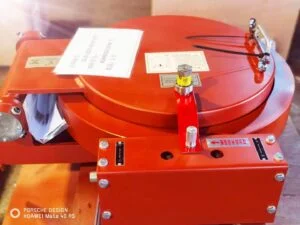
Clamp Closures
Clamp Closures use a clamping mechanism to hold the door in place. These are often used in medium-sized pressure vessels, providing a good balance between ease of use and secure sealing.
Pros: Clamp closures generally offer quicker opening and closing than threaded closures. They are also less likely to experience wear and tear compared to threaded closures.
Cons: While faster than threaded closures, clamp closures are typically slower to open and close than lock ring closures. They may also not be as suitable for very high pressures or large diameters.
Choosing the Right Type
Choosing the right quick open closure depends on several factors. The size and pressure of the pressure vessel are crucial considerations. For larger vessels with high pressures, a lock ring closure might be the best option. For smaller, lower-pressure vessels, a threaded closure can be a cost-effective choice. Clamp closures might be ideal for medium-sized vessels where a balance of speed, security, and cost is required.
Operational considerations are also important. If quick access is a priority, lock ring or clamp closures might be preferable. If cost is a key factor, threaded closures might be the best choice. The available space for operating the closure can also influence the decision.
Lastly, compliance with design codes and standards is essential. All closures should meet relevant international design codes, and where necessary, should carry appropriate certification such as ASME U code stamping, or EN 10204 3.1 & EN 10204 3.2.
In conclusion, there is no one-size-fits-all solution when it comes to quick open closures. The best choice will depend on the specific requirements and constraints of the application.
Safety Considerations for Pressure Vessel Quick Open Closure
As with any operational equipment, safety is paramount when it comes to the use of quick open closures. These devices incorporate several safety features and require adherence to certain precautions and industry standards to ensure safe operation.
Safety Features
Quick open closures often include built-in safety mechanisms. A common feature is a Pressure Warning Device, which alerts operators to any residual pressure inside the vessel. This ensures the operator does not inadvertently attempt to open the closure before all pressure has been relieved, thus preventing potential accidents.
Mechanical locking is another crucial safety feature in many quick open closures. This mechanism ensures that the closure remains securely in place during operation, preventing accidental opening under pressure.
Precautions When Using Quick Open Closures
Operators should always ensure that all pressure has been fully relieved before attempting to open a closure. The Pressure Warning Device is a valuable tool here, but operators should also be trained to confirm pressure relief through other means.
Proper maintenance of the closure is also critical. Regular inspection and timely replacement of worn or damaged components can prevent failure of the closure during operation.
Finally, operators should be well-trained in the correct procedure for opening and closing the device. This includes understanding how to use any tools required and how to confirm that the closure has been properly sealed after closing.
Compliance with Industry Standards and Regulations
Quick open closures should meet the requirements of relevant industry design codes, such as ASME VIII Div. 1, ASME VIII Div. 2, and PD5500. Compliance with these standards verifies that the closure has been designed and constructed to withstand the pressures it will encounter during operation.
Many quick open closures also carry an ASME U code stamp. This stamp confirms that the closure has undergone rigorous shop inspection by an ASME Authorized Inspector, further certifying its safety.
Conclusion
Our wide portfolio includes quick-opening lids for pressure vessels that are calculated, designed, and made to the specifications of the customer.
Every closure is a single-unit or bespoke production; from A to Z, we work with our customers to determine the calculation, materials to be utilized, design, and approval. Of course, we adhere to common international and European standards and laws.
Based on established criteria and extra specifications, our quick-opening closures are outfitted with all required safety devices. With the use of these gadgets, the closure cannot be forced to open.
However, the selection of closure is not simply based on the vessel’s physical characteristics. Cost, accessibility speed, operational concerns, and space restrictions are all crucial aspects of decision-making. Additionally, the reliability and safety of the closure are ensured by adherence to international design codes and certifications, such as ASME U code stamping or EN 10204 3.1 & EN 10204 3.2.
Safety, which is of utmost importance in these processes, is addressed through built-in safety mechanisms such as mechanical locking systems and pressure warning devices. These characteristics add to the quick open closures’ overall safety along with the essential safeguards, consistent maintenance, and appropriate operator training.

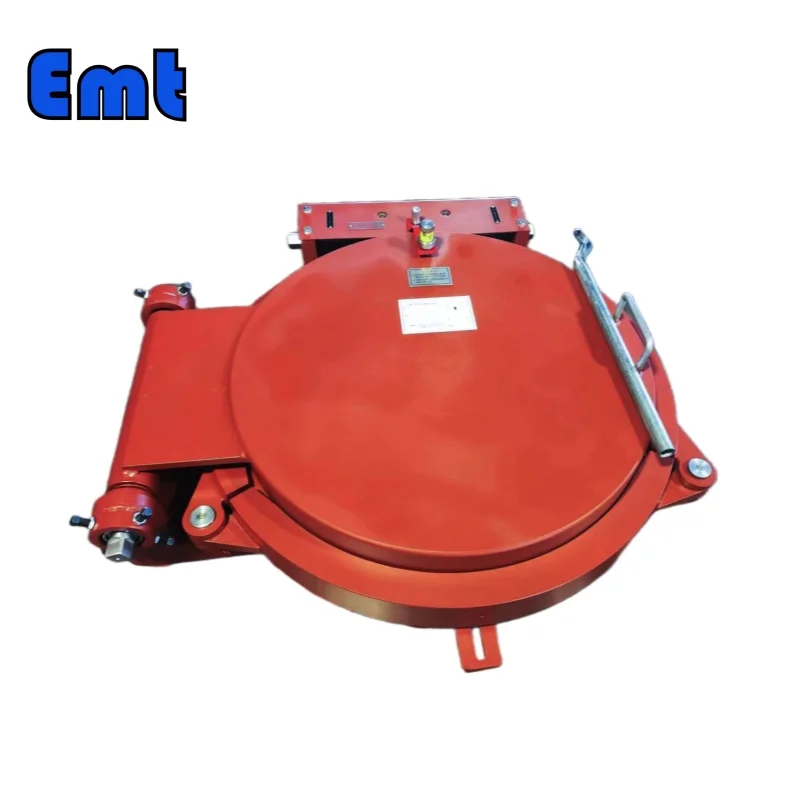
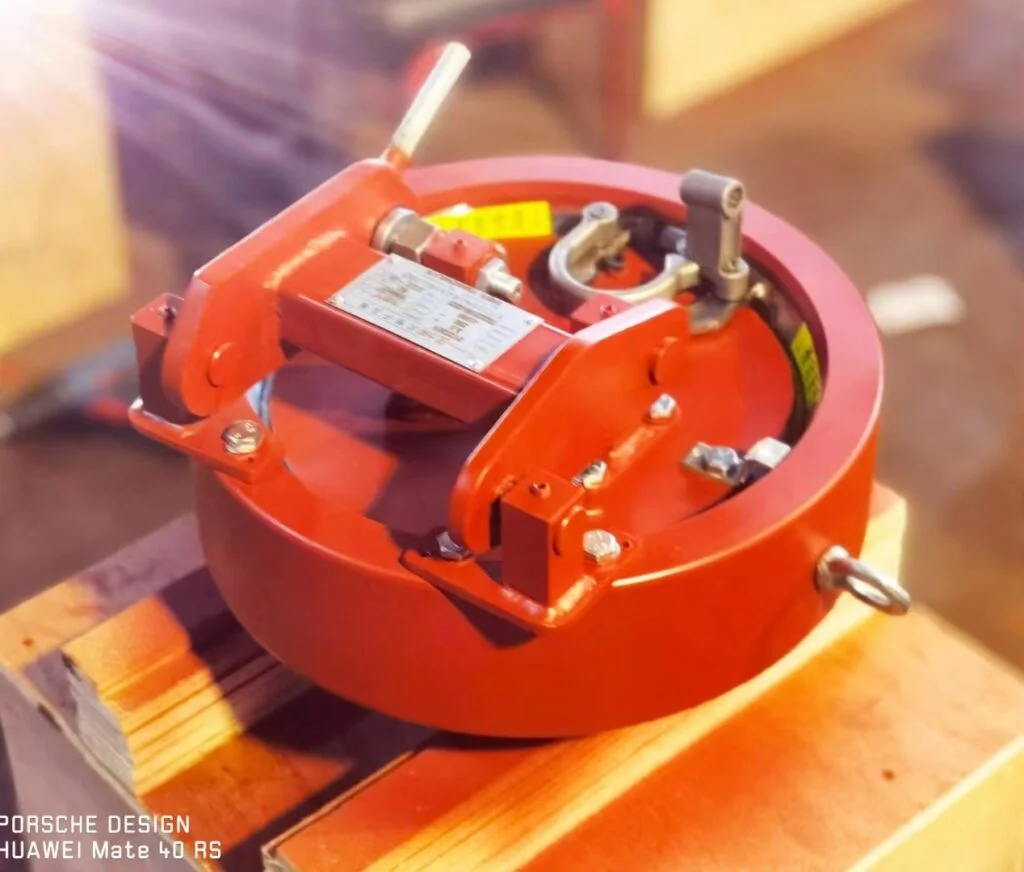

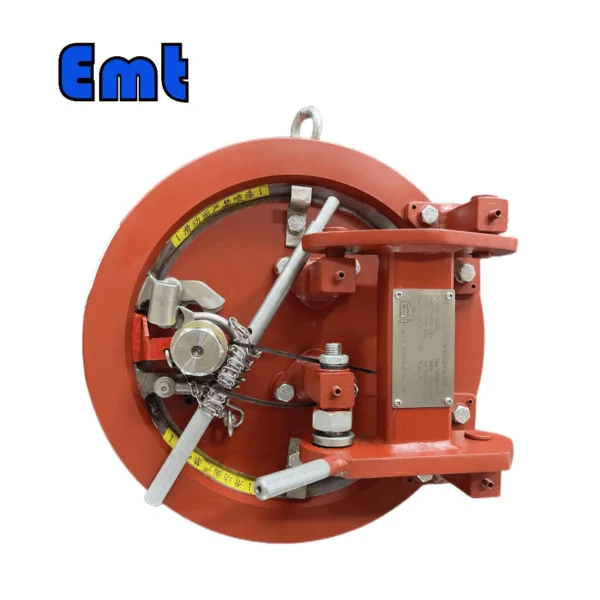
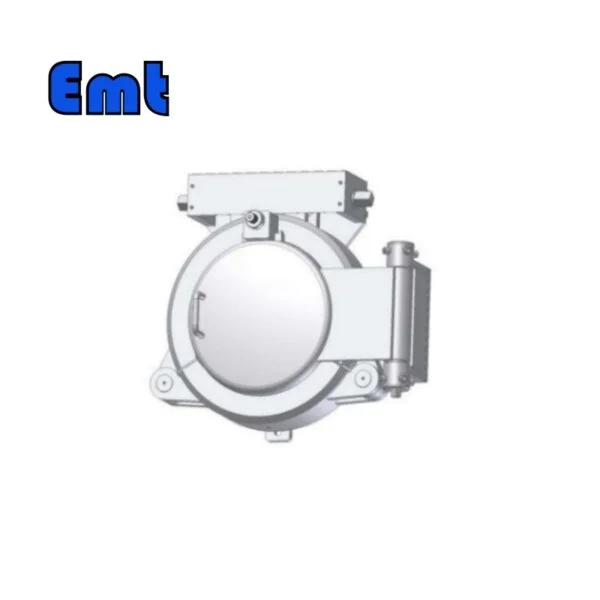
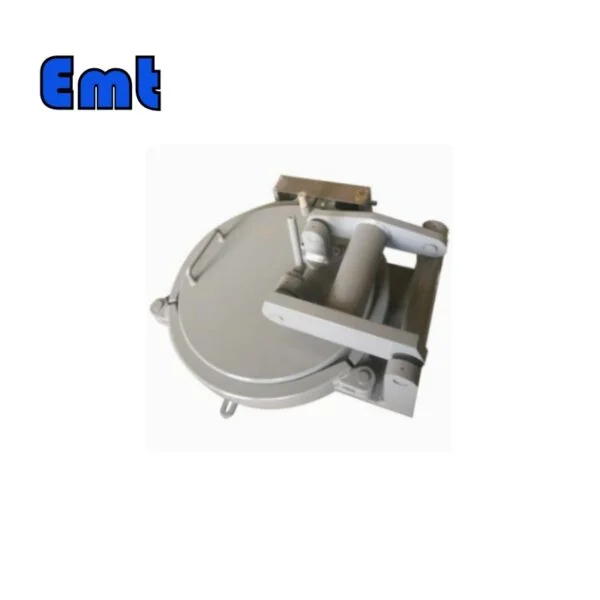
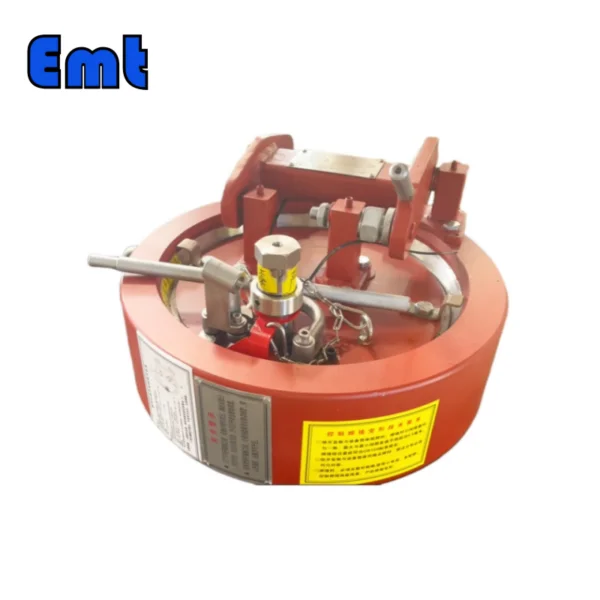
Reviews
There are no reviews yet.